New World Wine Girl
I admit it, I’m a New World wine girl. I like wines from California, Oregon, and Washington. I am looking forward to experiencing Virginia wines over Memorial Day weekend and exploring more of the Finger Lakes region this summer. I completely understand that I am missing out on a lot of potentially exceptional wines by having this attitude, so I have joined groups to “force” me to explore different regions. One of the fantastic groups I have found is Protocol Wines.
Protocol Wines was founded by Guy and Tina Morey who describe their mission on their website: #WineStudio is an educational program placed on the Twitter platform where we engage our brains and palates. It’s instruction and wine tasting, with discussions on producers, grapes, tourism, terroir, regional culture, food and wine matching and what all this means to us as wine drinkers. We converse and exchange information and at the end of the four-week program, we end knowing so much more than when we started. We’ve also made new contacts, possibly a friend, but always with a sense of #WineStudio camaraderie. Tuesdays, 6:00pm – 7:00pm PST.
My current “research” is all about the Denomination of Origin (DO) Rías Baixas. Right off the bat, I was intrigued. An entire DO was created in 1980 specifically for the Albariño grape variety. This must be one heck of a grape! BUT, in 1986, Spain entered the European Union, and their wine laws did not allow for a Denomination of Origin to be named after a single varietal. So the region had to be renamed to Rías Baixas. [have to love the governmental rules on wine- Old World or New World] Consejo Regulador is equivalent to our TTB in terms of governing the permitted grape varieties, viticultural and winemaking practices and aging procedures.
About Rías Baixas
Located in the Galicia region of northwestern Spain, the DO was formally established in 1988. Albariño has always been the flagship of this coastal region.[the region was created for it] Rías Baixas, nicknamed the Green Spain because of its similarities to Ireland, sees an extremely high amount of rainfall. Although it has a cool ocean climate and high rainfall, there is also ample sunshine to grow the Albariño grape. According to their website, Rías Baixas’ more than 2,200 hours of sunshine per year are more than enough to develop the luscious ripeness of fruit in most vintages.
The name Rías Baixas means ‘low rias’ and was chosen because of the coastal inlets (‘rias’) which characterize the landscape. Rías Baixas shares borders with Ribeiro region to the east and Minho to the south just across from the Portuguese border. All three regions are known for their crisp, fresh, aromatic white wines. There are five sub regions to Rías Baixas:
| Val do Salnes | westernmost zone is the coolest and wettest; known for the best wines of the region |
| Condado do Tea | north of the Mino River, bordering Portugal; furthest from the Atlantic Ocean so warmest area; less acidic wine |
| O Rosal | overlooking the Mino River and the Vinho Verde region of Portugal |
| Soutomaior | located south of town of Pontevedra; smallest sub-zone; cool and damp Atlantic influence |
| Ribera do Ulla | northern most region of Rías Baixas; south of Santiago de Compostela; newest subzone (2000) |
In order for a wine to be labeled Rías Baixas its varietal composition must be at least 70% Albarino. Depending on the sub-zone it comes from, the other grapes used are Treixadura, Torrontes, Loureiro and Caiño Blanco.
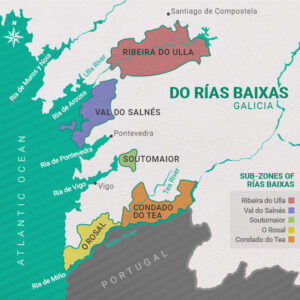
The Albariño Grape
Albariño is considered by many to be Spain’s premier quality white wine. It is also known in Portugal as Alvarinho and often used as a component of Vinho Verde. It is a green, thick skinned grape. The thick skin is one of the reasons it tends to have intense aromas. The wines are typically medium bodied, sweet-smelling, high in acidity with aromas of almonds, apples, citrus, lime, peaches, and grass. It’s chemical makeup are similar to Gewürztraminer, Muscat, and Riesling. It is generally not aged and therefore consumed young. Albariño lends itself to bone dry wines with moderate alcohol[typically around 12%]. The grape is most suited to pair well with Thai, Moroccan, and Indian cuisine, in addition to seafood.
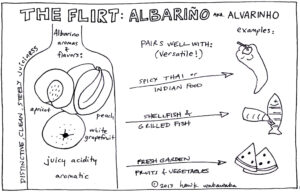
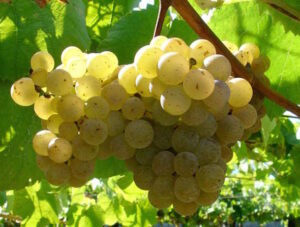
Join us over the next nine weeks on Tuesdays 6:00pm – 7:00pm PST online Twitter hashtag #WineStudio to learn about Rías Baixas including the subregions, terroir, winemakers and winemaking style, and accompanying foods. It’s going to be a phenomenal two months! Don’t miss it!
~Sláinte!

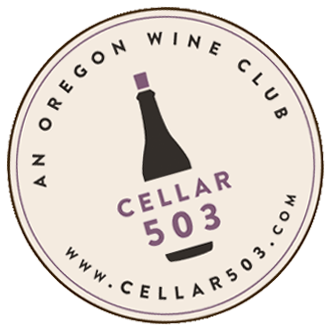
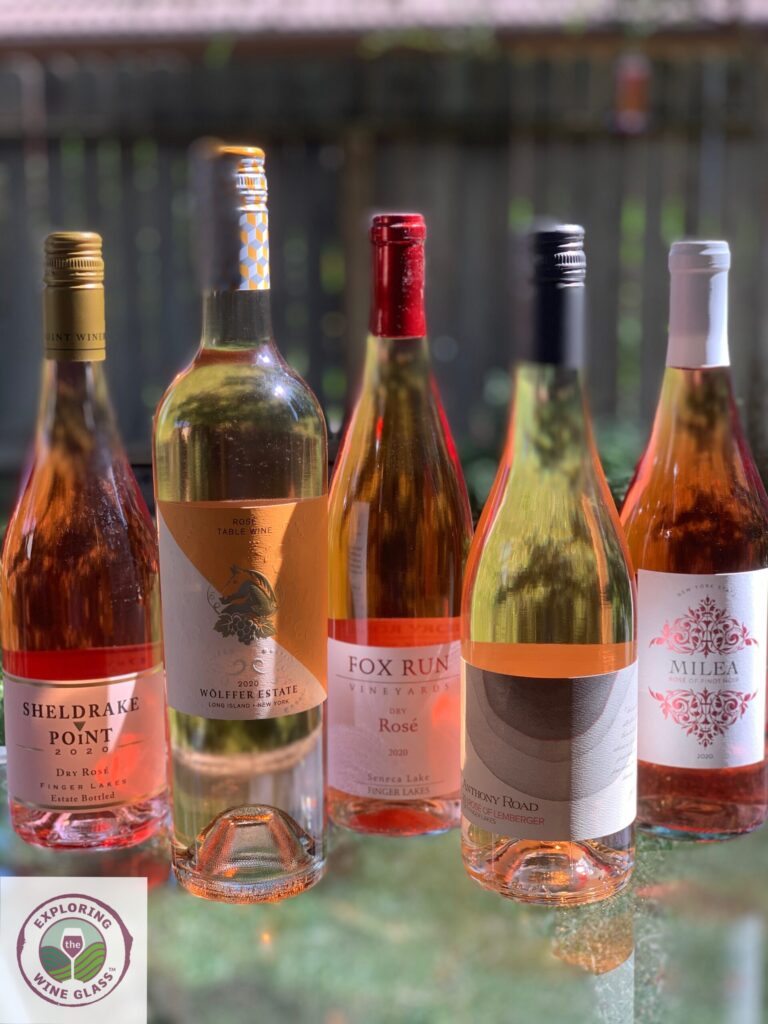
Oooh, I love wine tasting in Virginia. Where will you be? Monticello AVA is outstanding!
We are just starting to plan it all out. I know it is Loudon (sp?) County. But we haven’t chosen wineries yet. We need to sit down and figure it out still. Bed and breakfast reservation made though! We are open to any and all suggestions!
I think of it as ‘modern’ Old World. So happy you’re forcing yourself to visit cause you put together a wonderful primer for #winestudio. Can’t wait to learn more. Salud!
Thank you very much Allison. I’m very excited to explore the region and sample the wines. Truly will be an eye opening experience.
Great background on Rias Baixas, Lori! Please let me know when you’re in town (Virginia) . . . maybe we can hook up for a glass of wine! “See” you tonight on WineStudio. Cheers!!
Absolutely!! I would love to get together for some sips!